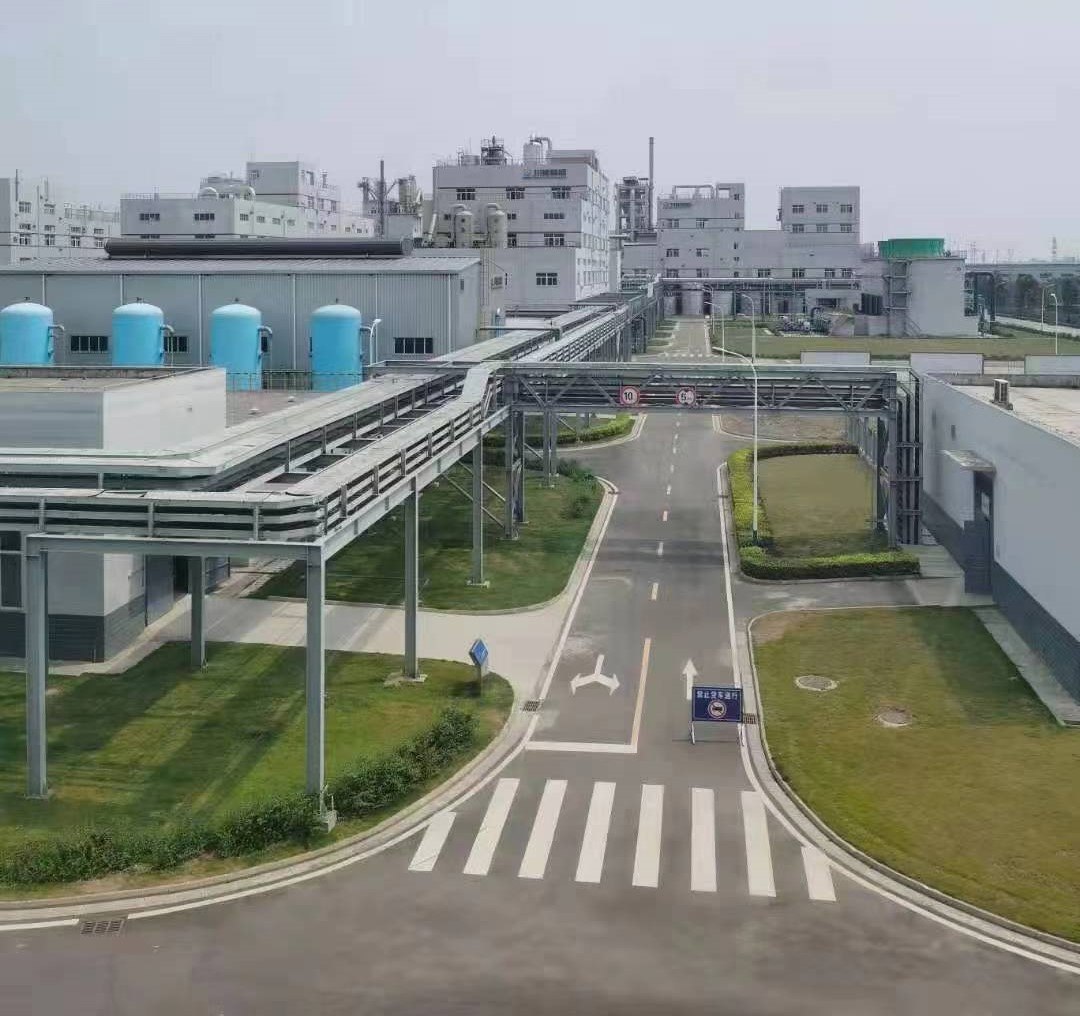Floating titanium dioxide makes waste plastic disposal more efficient
May,13,25
Floating titanium dioxide makes waste plastic disposal more efficient
Reporters learned from the Institute of Metals of the Chinese Academy of Sciences on the 7th that researchers from the institute and other units have successfully developed a floating titanium dioxide material. This material can decompose plastics under light, and its efficiency in decomposing common plastics such as plastic bags and cling films is tens to hundreds of times higher than traditional materials without the need for acid-base solution pretreatment of plastics, creating a new record for plastic decomposition efficiency under neutral conditions. More importantly, 40% of the product obtained from the decomposition of waste plastics in this material is ethanol. The relevant results were published in Nature Communications.
Plastic is widely used in various fields such as packaging, healthcare, aerospace, etc. However, the total amount of plastic waste in the world has reached 6.4 billion tons, posing a serious threat to environmental safety and human health. How to deal with these waste plastics has become a global challenge. In this context, photocatalytic decomposition of plastics technology has attracted attention. This technology can turn waste plastics into useful chemical raw materials by irradiating semiconductor photocatalytic materials with light.
Titanium dioxide is a commonly used semiconductor photocatalytic material that can generate hydroxyl radicals with plastic decomposition ability under light irradiation. These hydroxyl radicals are like "molecular scissors" that can cut through the molecular chains of plastics. "However, hydroxyl radicals have obvious shortcomings: their survival time is only one billionth of a second, and their effective range of action is only 10-100 nanometers. It is difficult for short-lived radicals to reach the surface of plastic products effectively." Liu Gang, the corresponding author of the paper and a researcher of the Institute of Metals of the Chinese Academy of Sciences, said that people had to use strong acid or alkali solutions to corrode plastics first, but this pretreatment process consumed 85% of the cost of the entire degradation process.
In this study, researchers broke through traditional thinking and successfully made titanium dioxide float on the water surface by coating it with a layer of "waterproof armor". Compared to traditional titanium dioxide, floatable titanium dioxide has two new functions: firstly, it enables zero distance contact between sunlight, oxygen, photocatalytic materials, and plastics, breaking through the original contact barrier between photocatalytic materials and plastics; Secondly, it can utilize superoxide radicals with a longer lifespan of up to 1 millisecond, which can fully cut off the carbon chain of plastic molecules.






